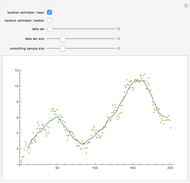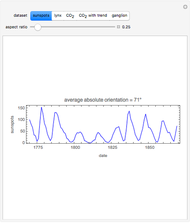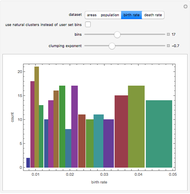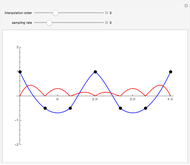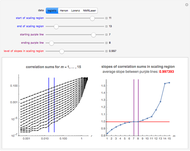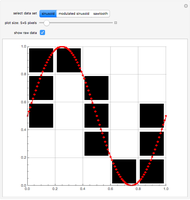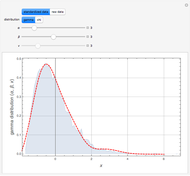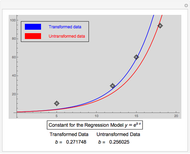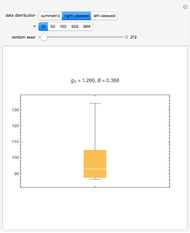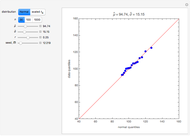Visualizing Higher-Dimensional Data with 3D Scatterplots

Requires a Wolfram Notebook System
Interact on desktop, mobile and cloud with the free Wolfram Player or other Wolfram Language products.
This Demonstration visualizes some four-dimensional data using three-dimensional scatterplots. The data is a random sample of 38 automobiles with four variables: mileage (gallons per mile), weight, displacement, and number of cylinders. There are four possible distinct combinations of interest (mileage-weight-displacement, mileage-weight-cylinders, etc.). Drag to rotate the plot. How does mileage depend on the other variables? Do you think the relationship is approximately linear?
Contributed by: Ian McLeod (October 2013)
Open content licensed under CC BY-NC-SA
Snapshots
Details
The data is given in [1]. The method given here is reasonable for  dimensions, but as
dimensions, but as  increases, the number of combinations of variables rapidly increases and so other methods are needed. In [2] methods are discussed for projecting high-dimensional data into three dimensions and then using a 3D scatterplot along with dynamic graphics methods for brushing and linking.
increases, the number of combinations of variables rapidly increases and so other methods are needed. In [2] methods are discussed for projecting high-dimensional data into three dimensions and then using a 3D scatterplot along with dynamic graphics methods for brushing and linking.
References
[1] B. Abraham and J. Ledholter, Introduction to Regression Modeling, Belmont, CA: Brooks/Cole, 2006.
[2] D. Cook and D. F. Swayne, Interactive and Dynamic Graphics for Data Analysis, New York: Springer, 2007.
Permanent Citation
"Visualizing Higher-Dimensional Data with 3D Scatterplots"
http://demonstrations.wolfram.com/VisualizingHigherDimensionalDataWith3DScatterplots/
Wolfram Demonstrations Project
Published: October 23 2013






